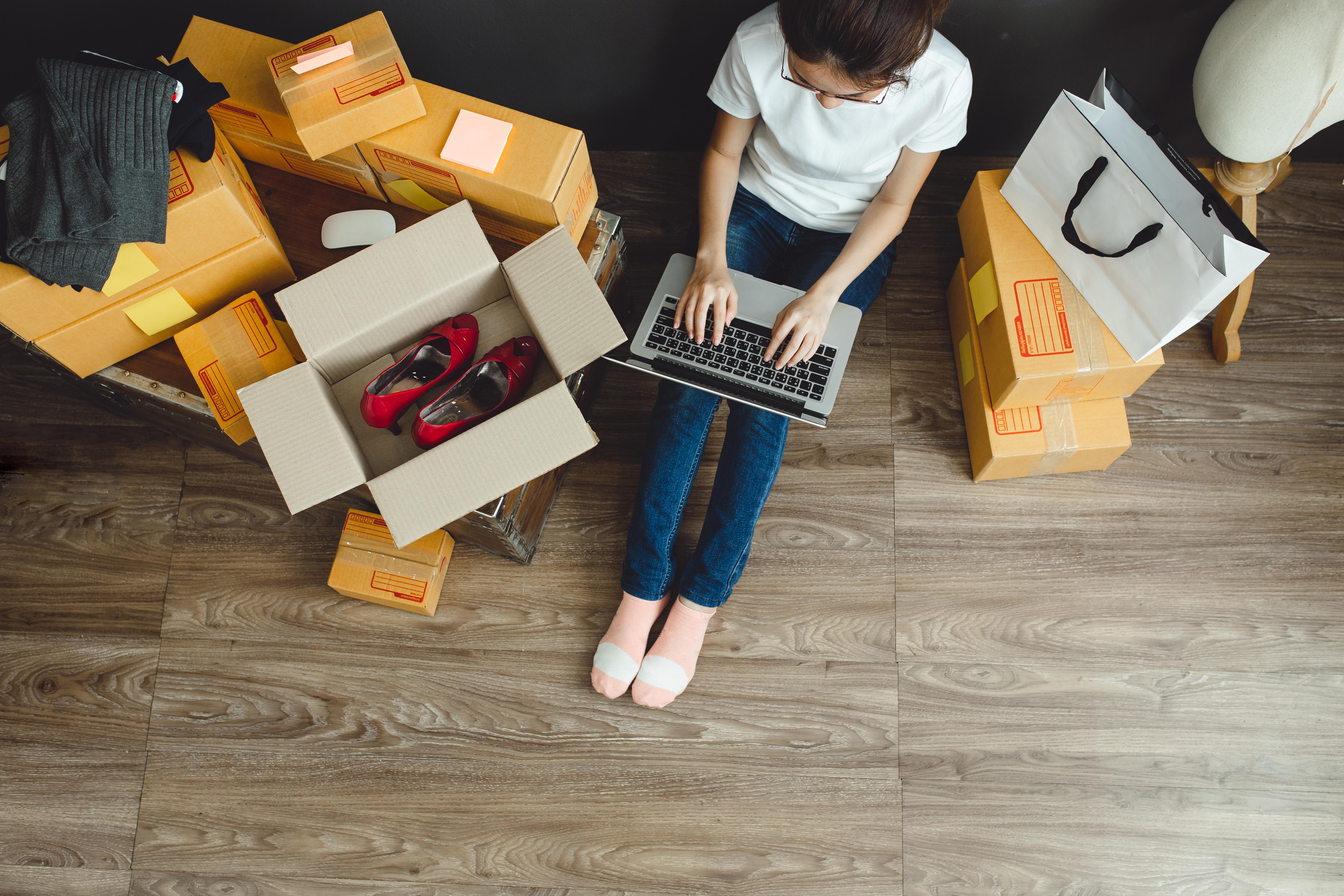Amazon is selling thousands of banned, unsafe, and mislabelled products, report shows

- The report found more than 4,000 listings for products deemed to be unsafe, banned or mislabelled.
- These products included mislabelled pain relievers, dangerous children’s toys, and helmets that had failed federal safety tests.
- There are some steps you can take to avoid buying unsafe or counterfeit products from Amazon.
You order a product on Amazon. It’s eligible for Amazon Prime. It ships from an Amazon warehouse, and it’s delivered in an Amazon-branded box. But there’s a good chance that product actually comes from one of Amazon’s third-party sellers, some of whom sell products that are mislabelled, banned or unsafe, according to a new investigative report from The Wall Street Journal.
The report found 4,152 products on Amazon that have been “declared unsafe by federal agencies, are deceptively labeled or are banned by federal regulators — items that big-box retailers’ policies would bar from their shelves.” Some of these included:
- Items falsely marked as “FDA-approved,” including an eyelash-growth serum.
- Listings for the pain reliever oral benzocaine that lacked labels warning not to administer to children under age 2.
- More than 1,400 electronics listings that falsely claimed to be UL certified, meaning the product met voluntary safety standards.
- Listings for toys that include magnetic balls, which Amazon explicitly prohibits, and which the Consumer Product Safety Commission has called a “substantial product hazard.”
- Listings for helmets that had failed federal safety tests.
The Journal said it reported these listings to Amazon, which then removed or altered the wording for 57 percent of the listings.
“There are bad actors that attempt to evade our systems,” an Amazon spokesperson said, “should one ever slip through, we work quickly to take action on the seller and protect customers.”
But Amazon, the world’s largest retailer, seems unable to effectively police its massive marketplace. The report describes how Amazon has evolved “like a flea market,” exercising “limited oversight over items listed by millions of third-party sellers, many of them anonymous, many in China, some offering scant information.” What’s more, dozens of the dangerous or mislabelled products in the new report carried the “Amazon’s Choice” label, which arguably implies that Amazon endorses the item.
How do these products slip through the cracks? One likely reason is rapid growth. In 2018, about 60 percent of physical merchandise sold came from Amazon’s 2.5 million third-party sellers, up from 30 percent a decade ago. The report also describes how Amazon’s “overriding corporate philosophy of offering ever more options is clashing with internal efforts to make sure product listings won’t harm buyers, the Journal found in interviews with former employees and others close to Amazon’s safety practices, and from internal records.”
Things to keep in mind when shopping on Amazon
“Prime” doesn’t mean it’s not mislabelled, unsafe, banned or counterfeit.
“Just because a Prime logo is present doesn’t mean it’s sold by Amazon,” Fred Dimyan, the co-founder of Potoo Marketing, told AOL.com. “In actuality, any of Amazon’s 3 million marketplace sellers can use the Amazon warehouse to house and ship their items and get the so-called ‘coveted’ mark on its products.”
Neither does “Fulfilled by Amazon.”
The Fulfilled by Amazon (FBA) program allows third-party sellers to send products to Amazon warehouses, where the company then handles all aspects of sale, warehousing, and shipment. But, due in part to the fast-moving nature of the Amazon shipping process, “counterfeits can be commingled with authentic products, and not even Amazon (apparently) can easily determine where they came from,” as Forbes reported.
It’s generally safest to buy from reputable brands
Consider limiting your purchases “exclusively to products sold by the brands themselves, either by way of them selling on Amazon’s platform directly, via an authorized account, or by way of a partnership with Amazon, as Calvin Klein, for instance, recently began doing,” Julie Zerbo wrote on the Fashion Law blog.





